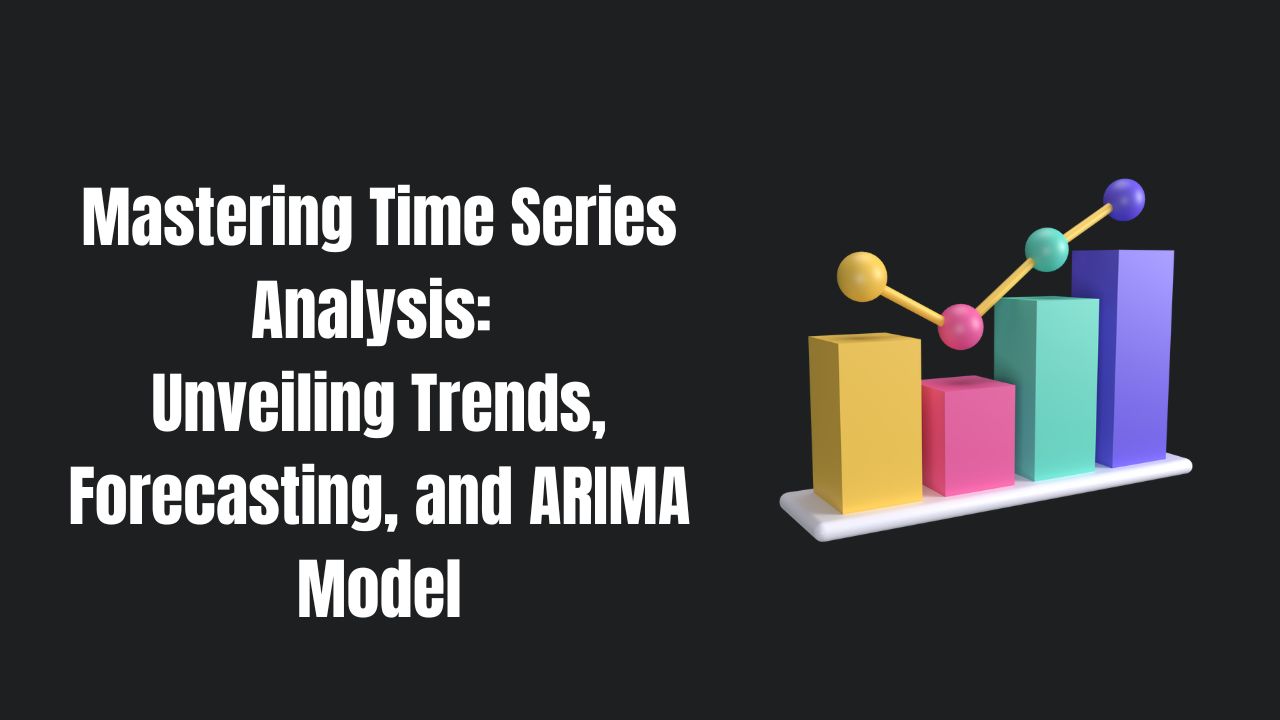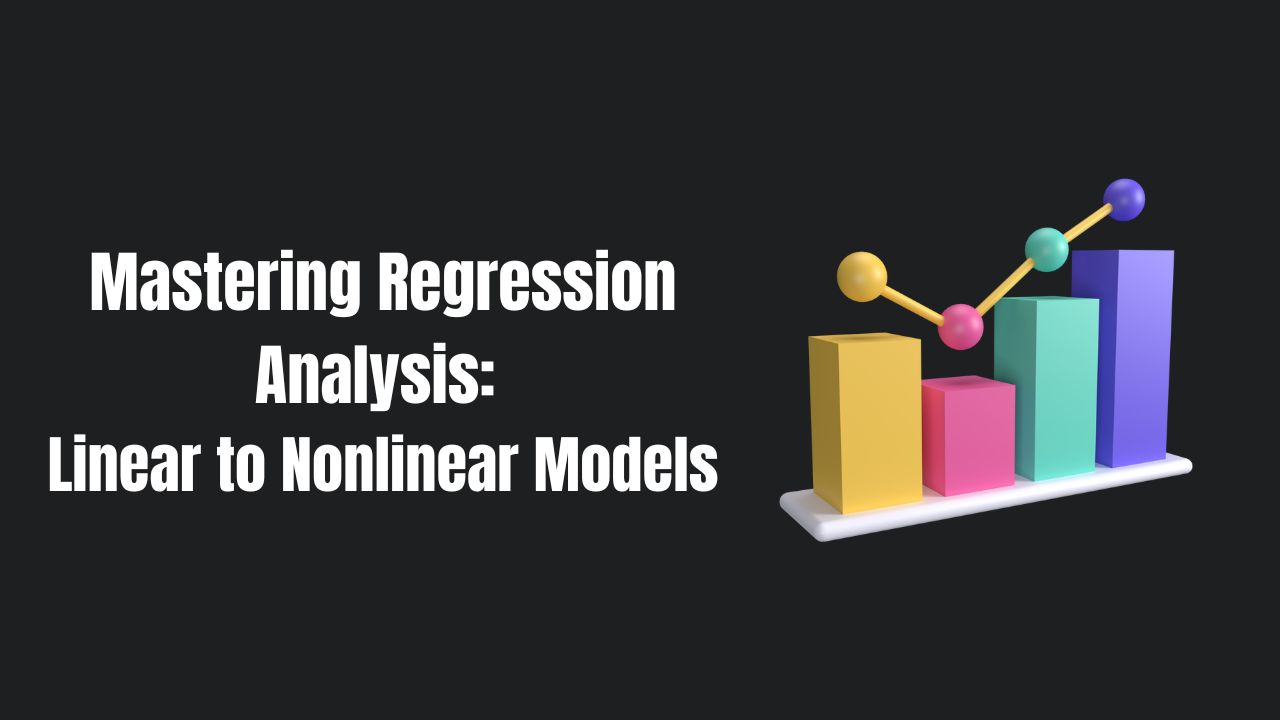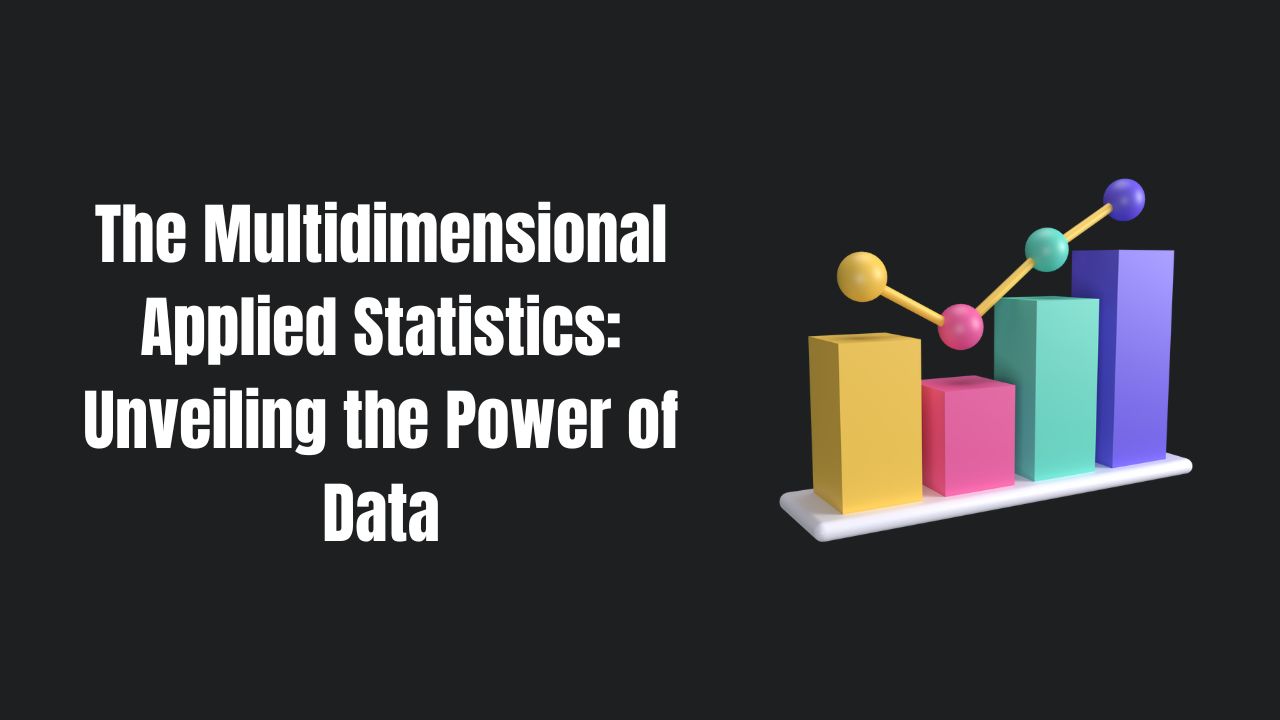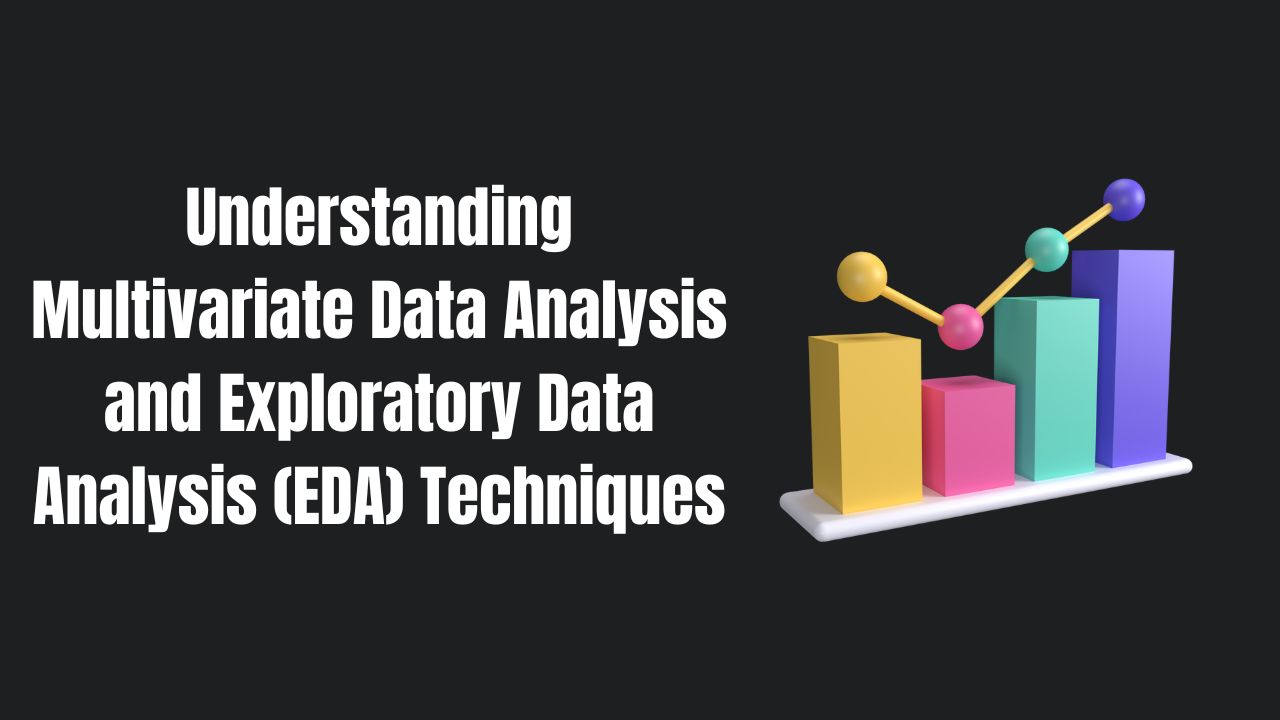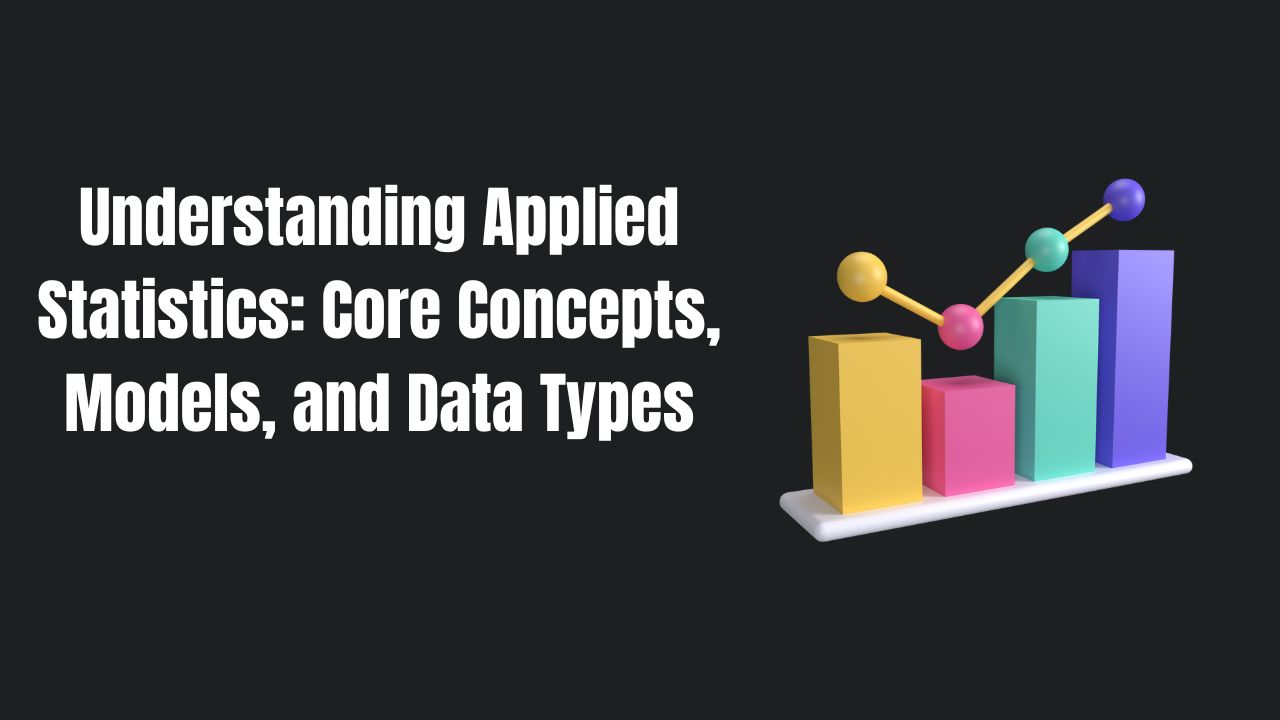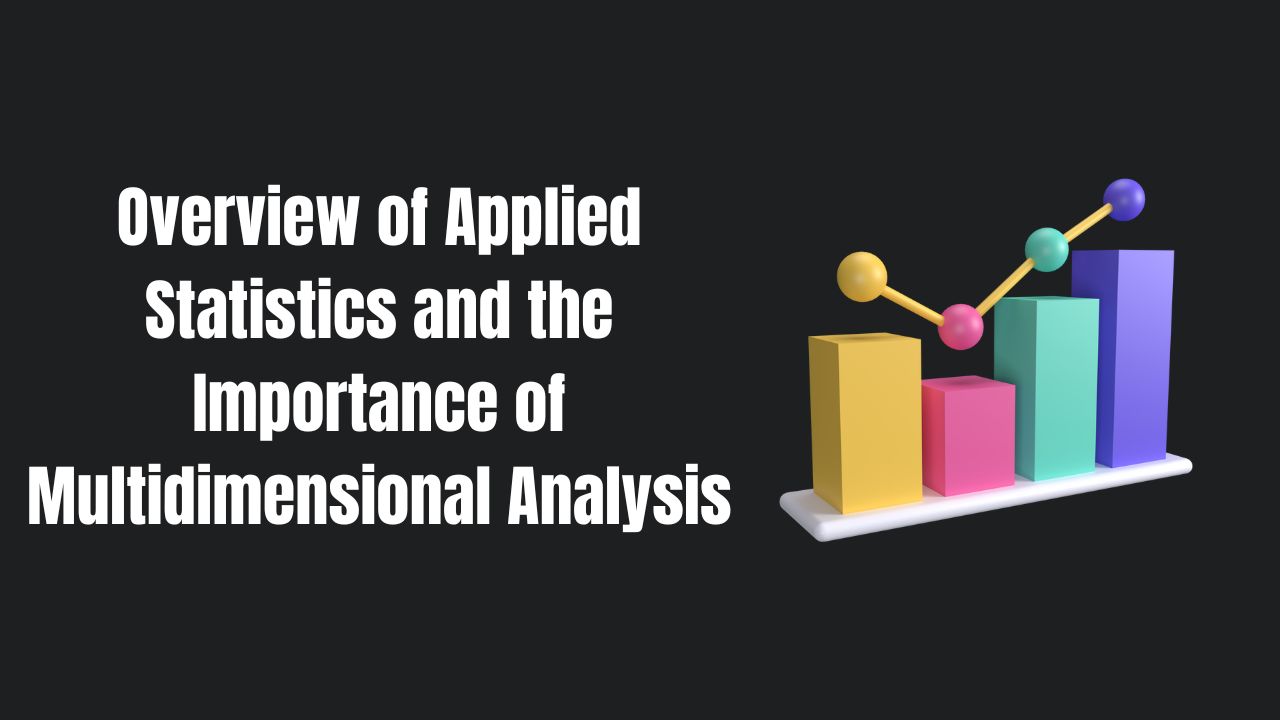Table of Contents
Introduction
Time series data is a specialized form of data where observations are collected, recorded, or measured at equally spaced time intervals. This unique data format is prevalent in various fields, including economics, finance, meteorology, and more. Analyzing time series data allows us to uncover patterns, and trends, and make predictions based on historical observations.
Trend Analysis and Forecasting in Time Series Data
One of the primary objectives of time series analysis is to identify and understand trends in the data. Trends represent long-term movements or patterns in the data that can have significant implications for decision-making. This analysis is crucial in various fields, including finance, economics, and business, where predicting future trends is essential.
Let’s dive into the world of trend analysis using an example from the stock market:
Example: Analyzing Stock Price Trends
Imagine you’re an investor interested in a particular company’s stock. To make informed investment decisions, you need to assess the historical stock price data over several years. Here’s how trend analysis can help:
Step 1: Data Collection
You gather historical stock price data for the company, recording the daily closing prices over the past five years.
Step 2: Visualization
Next, you create a line chart that displays the daily closing prices over time. This visualization provides a clear overview of how the stock’s price has evolved.
Step 3: Identifying the Trend
By examining the line chart, you can identify whether the stock exhibits an upward (bullish) or downward (bearish) trend. An upward trend indicates that the stock has been consistently increasing in value, while a downward trend suggests a consistent decline.
Step 4: Quantitative Analysis
To quantify the trend, you can apply statistical techniques such as moving averages or linear regression. Moving averages smooth out the daily fluctuations and reveal the underlying trend more clearly. Linear regression helps you estimate the slope of the trend line, indicating the rate of change in the stock’s value.
Step 5: Decision-Making
Based on your trend analysis, you can now make informed investment decisions. If the stock exhibits a bullish trend, it may be a favourable time to buy or hold. Conversely, a bearish trend might signal a time to sell or avoid investing.
Trend analysis empowers investors and analysts to navigate the complexities of financial markets and make predictions about future price movements. It’s a fundamental tool for optimizing investment strategies and managing risk.
Trend analysis and forecasting are essential components of time series analysis. Whether you’re examining stock prices, economic data, or any other time-dependent dataset, understanding and quantifying trends can provide valuable insights and guide decision-making. Mastering these techniques is a valuable skill in various industries and fields.
Understanding Autocorrelation and Seasonality in Time Series Data
Time series data, characterized by observations collected at regular time intervals, often unveils two critical patterns: autocorrelation and seasonality. These patterns hold valuable insights for understanding how past values influence future values and identifying recurring seasonal trends.
Autocorrelation: Unveiling Temporal Dependencies
Autocorrelation, also known as serial correlation, signifies the dependency of each data point on its previous observations. In simpler terms, it’s the extent to which a data point is influenced by its historical values. Identifying autocorrelation helps us grasp the temporal relationships within the data.
Consider a temperature dataset. If today’s temperature is strongly correlated with yesterday’s, it implies autocorrelation. This information can be invaluable for weather forecasting, as it suggests that today’s weather is influenced by recent trends.
Seasonality: Uncovering Recurring Patterns
Seasonality, on the other hand, points to recurring patterns within a time series, often linked to specific seasons, months, or calendar events. Recognizing seasonality allows us to anticipate and plan for repetitive fluctuations in the data.
Let’s take an example from retail sales data:
Example: Identifying Seasonal Sales Trends
Imagine you run an e-commerce store, and you’ve been tracking your monthly sales for several years. By analyzing the data, you notice a consistent spike in sales every December, corresponding to the holiday season. This recurring pattern is a clear indicator of seasonality.
Key Steps in Seasonality Analysis:
- Data Collection: Gather historical sales data, recording monthly sales figures.
- Visualization: Create a line chart or time series plot to visualize the sales data over time.
- Identify Seasonality: Observe recurring patterns, such as the December sales spike, which signals seasonality.
- Quantify Seasonality: Apply statistical methods to quantify the strength and duration of the seasonal effect.
Recognizing seasonality enables businesses to proactively plan for increased demand during specific periods. For our e-commerce store example, it means optimizing inventory levels, marketing campaigns, and staffing to cater to the holiday sales surge.
Autocorrelation and seasonality are fundamental concepts in time series analysis. Whether you’re working with temperature data, financial metrics, or retail sales figures, understanding these patterns enriches your ability to make informed predictions and strategic decisions. By harnessing the insights derived from autocorrelation and seasonality analysis, businesses and analysts can better navigate the dynamic world of time series data.
Mastering Time Series Forecasting with ARIMA
ARIMA, short for AutoRegressive Integrated Moving Average, is a potent time series forecasting model that wields the combined power of autoregressive (AR) and moving average (MA) components. This versatile model is adept at tackling both trends and seasonality, making it an indispensable tool in the realm of time series analysis.
Understanding ARIMA
ARIMA comprises three core elements: AR (AutoRegressive), I (Integrated), and MA (Moving Average).
- AutoRegressive (AR): The AR component of ARIMA models the relationship between the current value and its past values. In essence, it captures how past observations influence the current one. For instance, in financial forecasting, past stock prices can predict future prices.
- Integrated (I): The ‘I’ represents differencing, a crucial step to make the data stationary. Stationarity means that the statistical properties of the data, such as mean and variance, remain constant over time. Differencing involves subtracting the previous observation from the current one to achieve stationarity.
- Moving Average (MA): The MA component focuses on modeling the relationship between the current value and past forecast errors. It accounts for short-term fluctuations in the data. For example, in weather forecasting, the MA component can capture the impact of unexpected weather changes.
Example: Stock Price Forecasting with ARIMA
Let’s illustrate ARIMA with a practical example: forecasting the stock price of a tech company. Here are the steps:
- Data Collection: Gather historical stock price data, including daily closing prices, for the company.
- Visualization: Create a time series plot to visualize the stock price data over time. You might observe trends and seasonality.
- Differencing: Apply differencing to make the data stationary. This step involves subtracting each day’s closing price from the previous day’s closing price.
- Model Selection: Choose the appropriate ARIMA model by analyzing autocorrelation and partial autocorrelation plots. These plots reveal the order of AR and MA components needed for the model.
- Model Training and Forecasting: Train the ARIMA model on the differenced data and use it to make future stock price predictions. This model considers the stock’s past performance and short-term fluctuations.
ARIMA empowers analysts and data scientists to make accurate time series forecasts, whether it’s predicting stock prices, sales figures, or weather conditions. By effectively combining AR, differencing, and MA components, ARIMA captures the intricate dynamics of time-dependent data.
ARIMA stands as a formidable tool in the arsenal of time series forecasting. Its ability to model both trends and seasonality, coupled with the power of differencing, makes it an indispensable asset for anyone navigating the world of time series analysis.
Conclusion
Time series analysis is an invaluable tool for understanding data that evolves over time. Whether it’s identifying trends, recognizing seasonality, or making accurate forecasts with ARIMA models, mastering these techniques empowers analysts and decision-makers across diverse fields.
